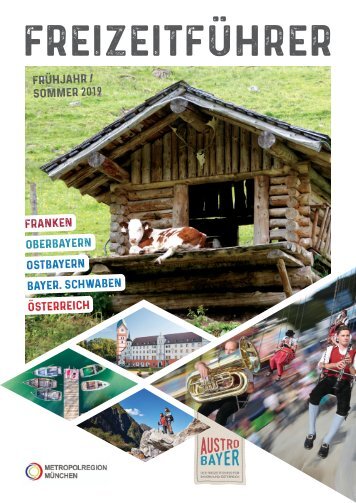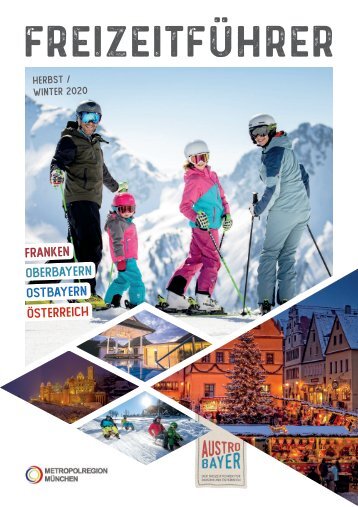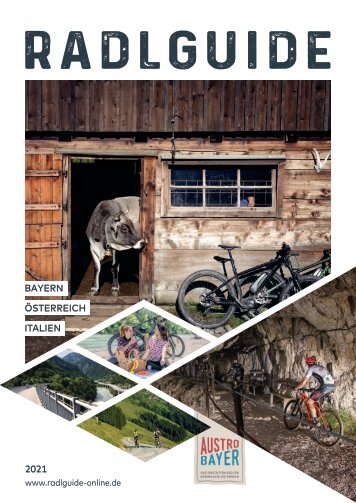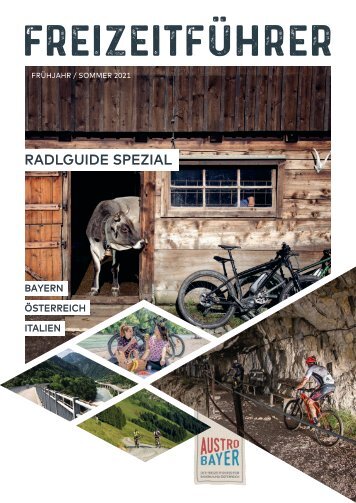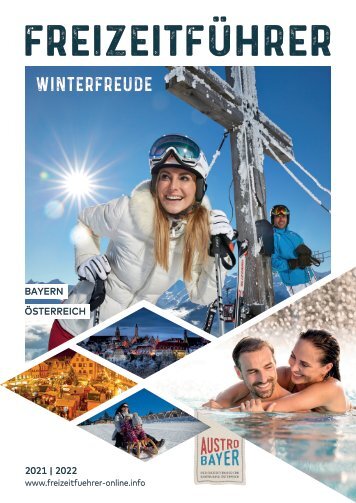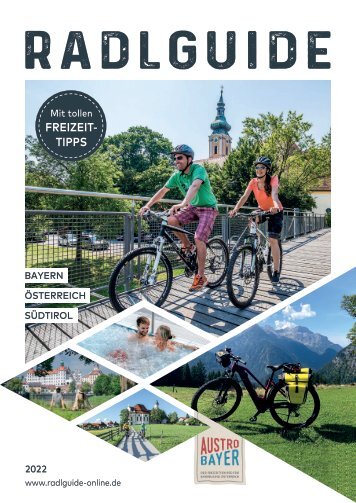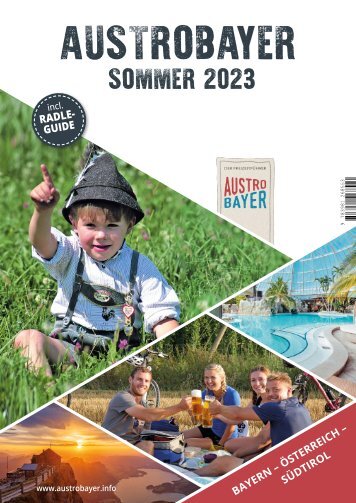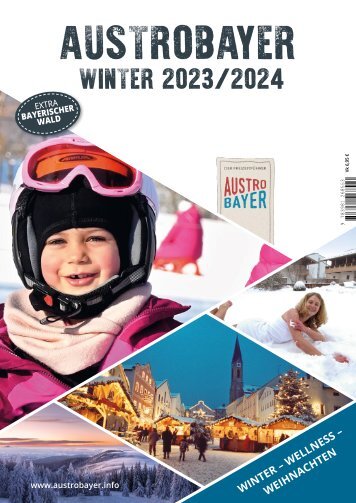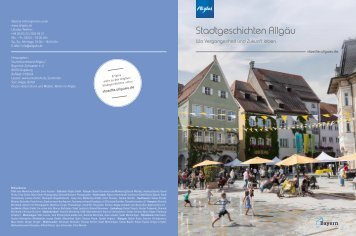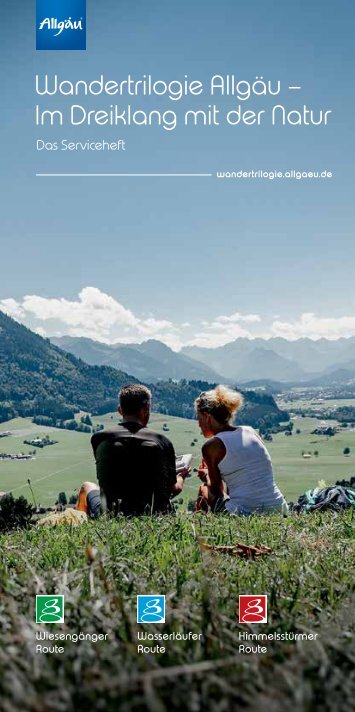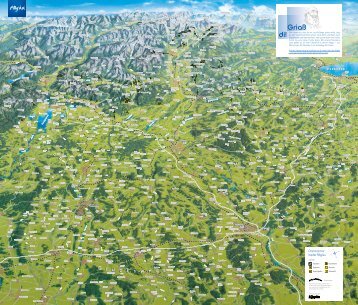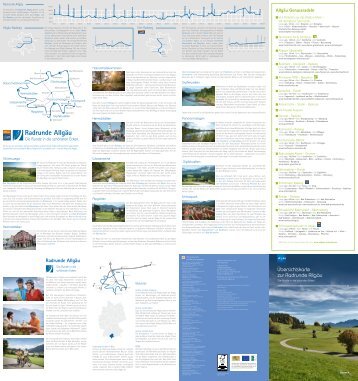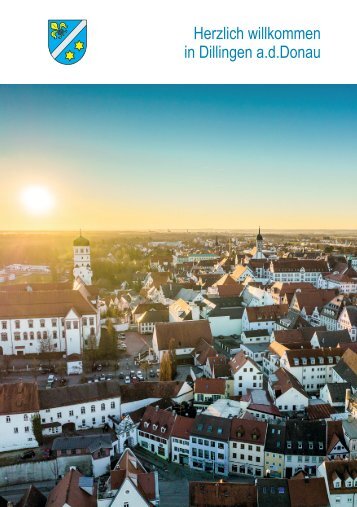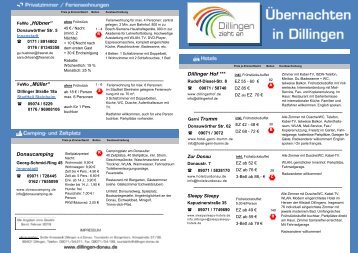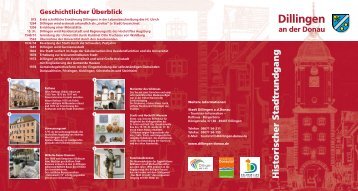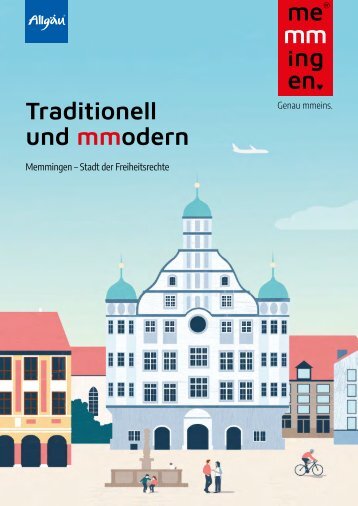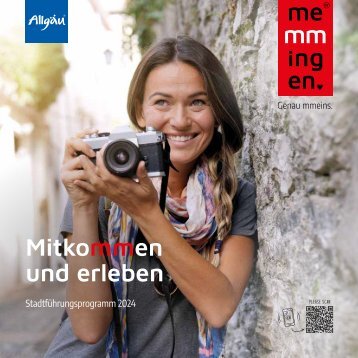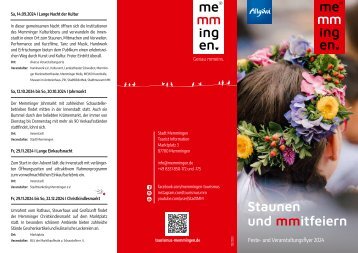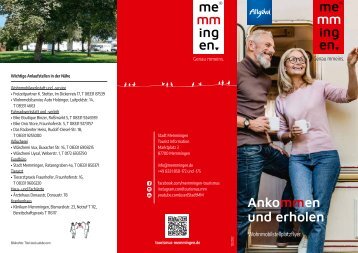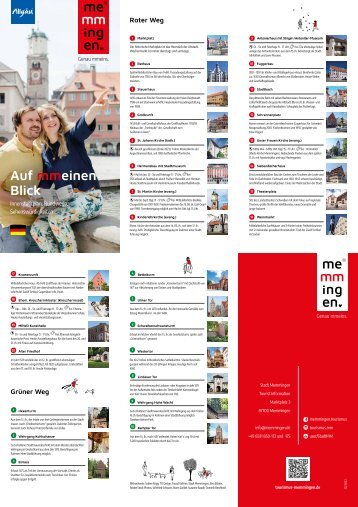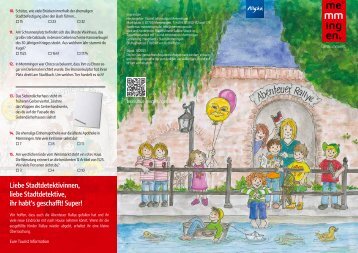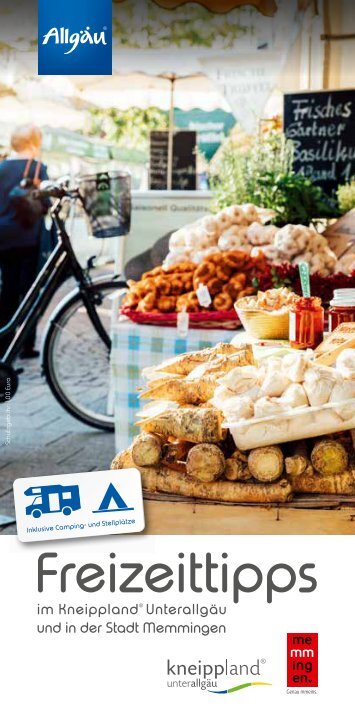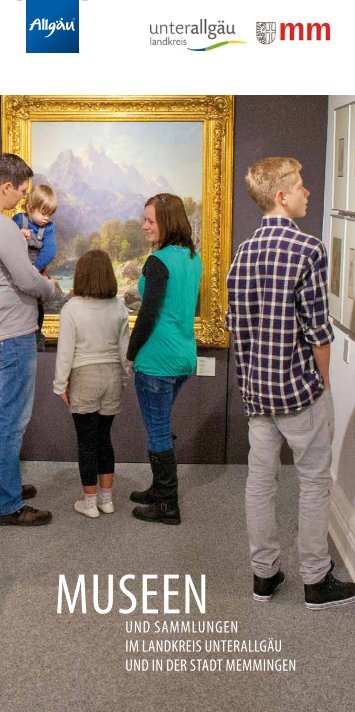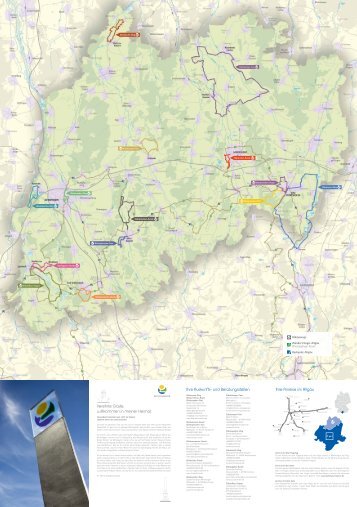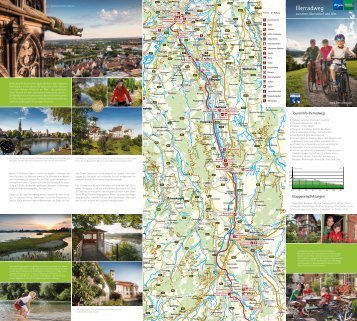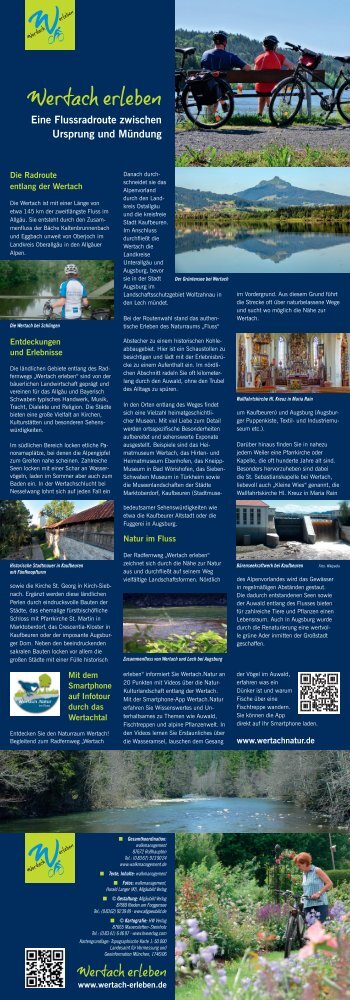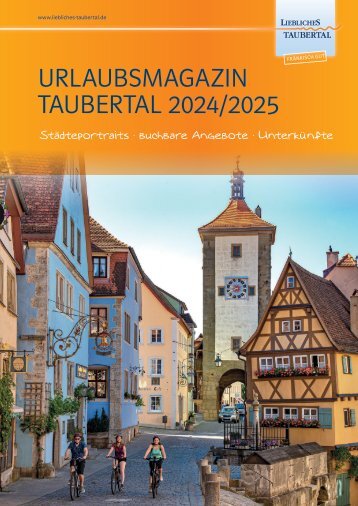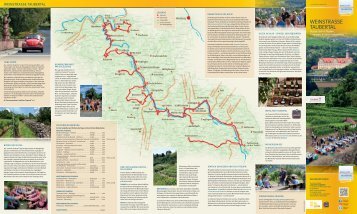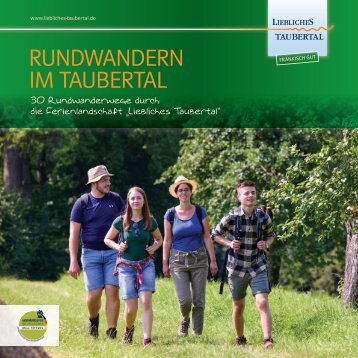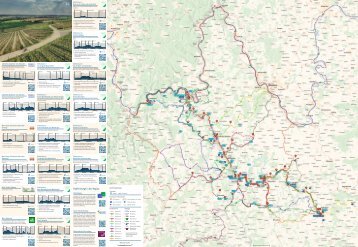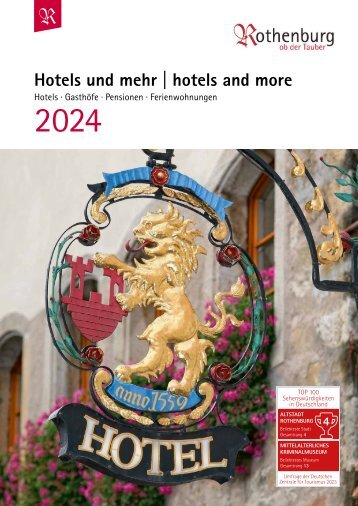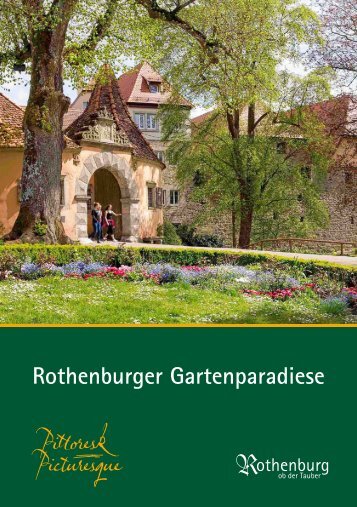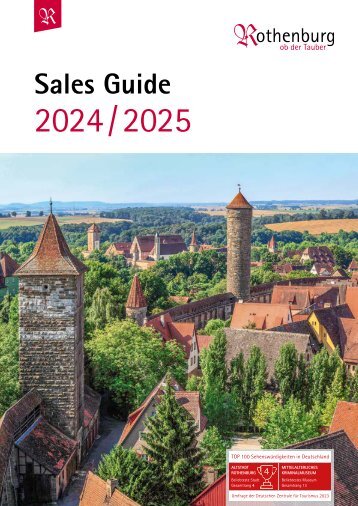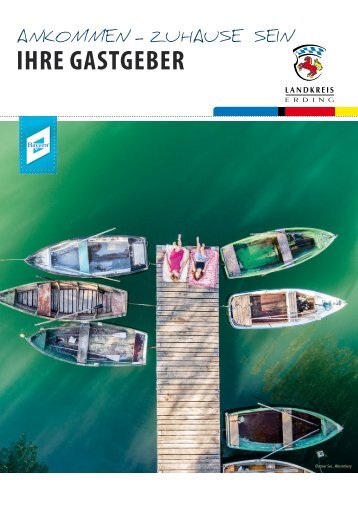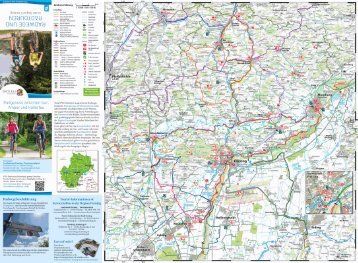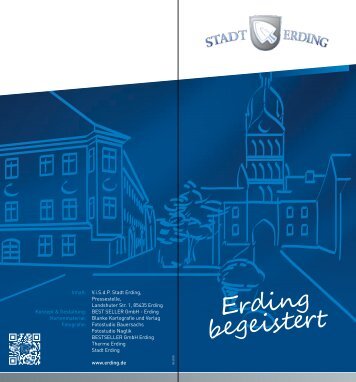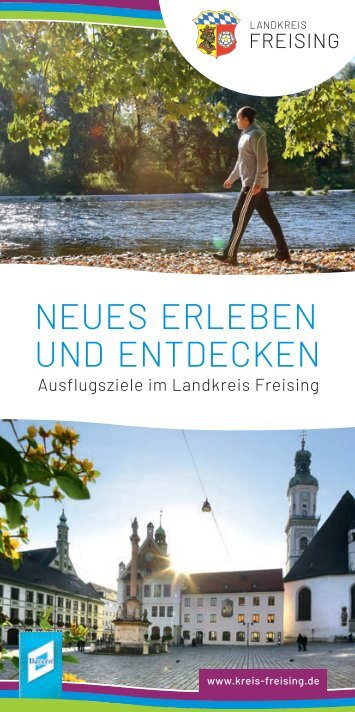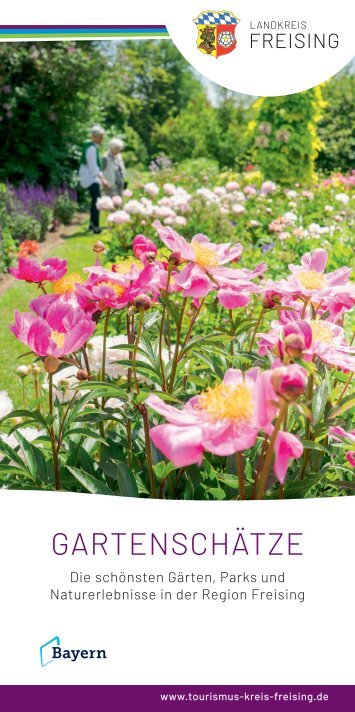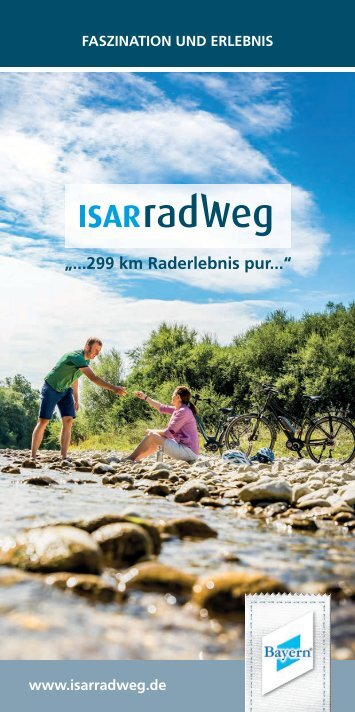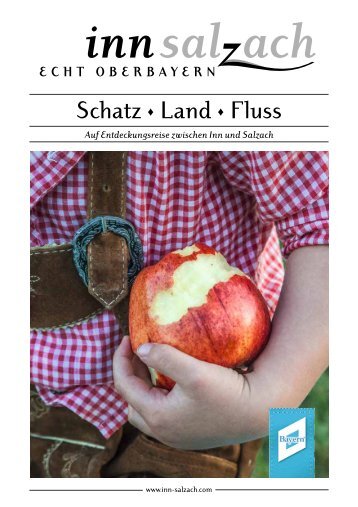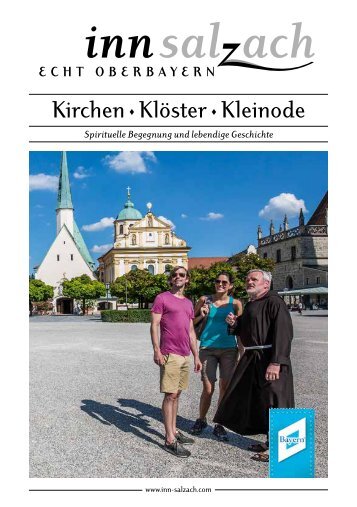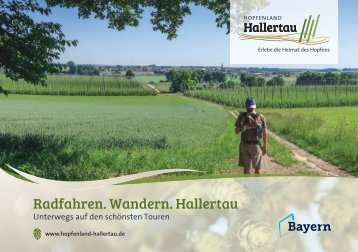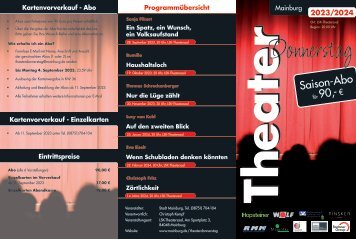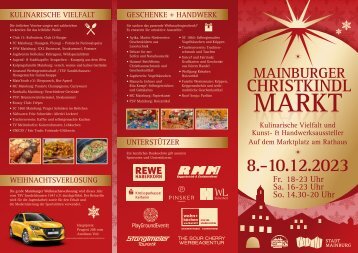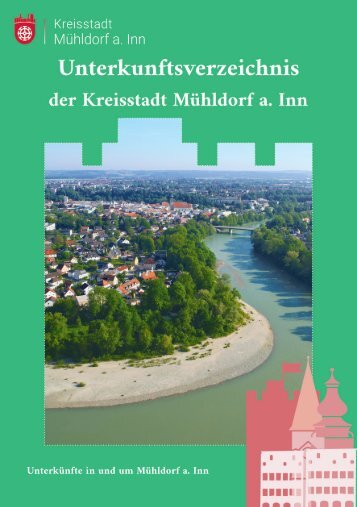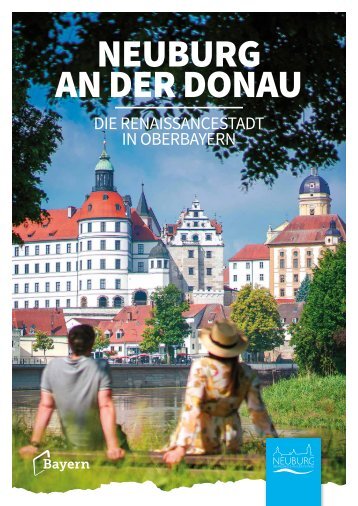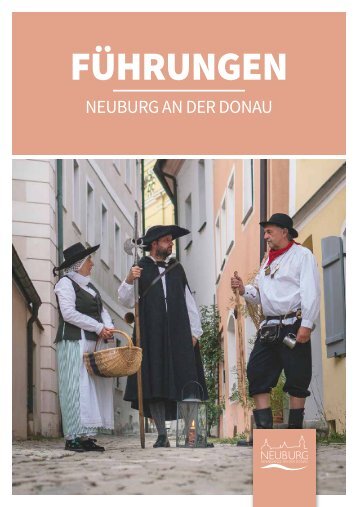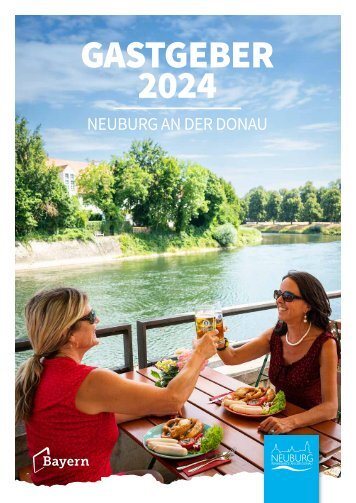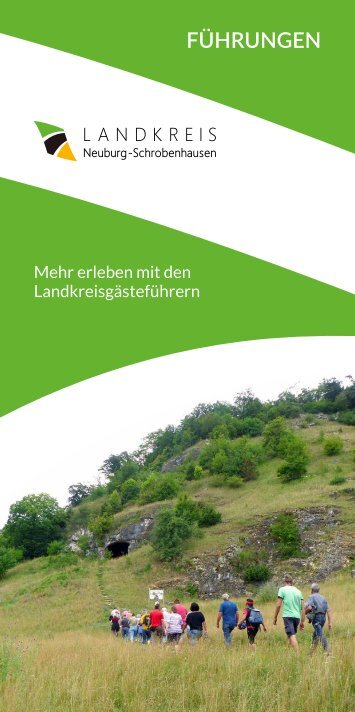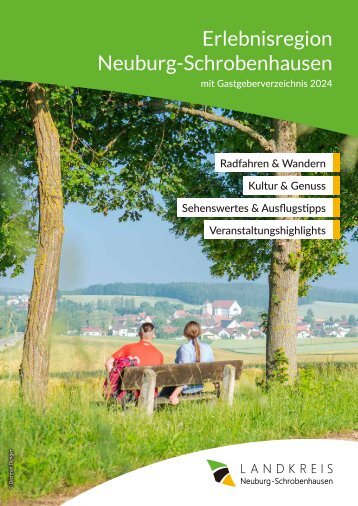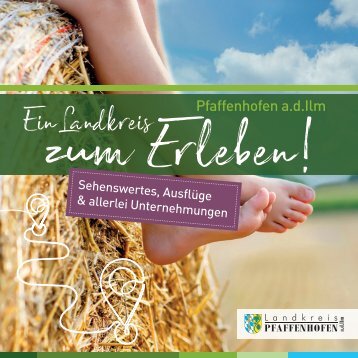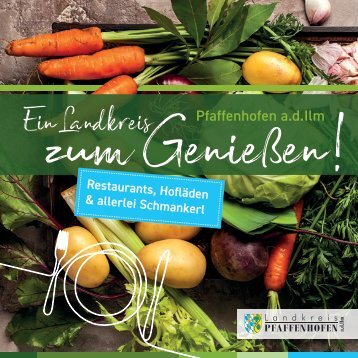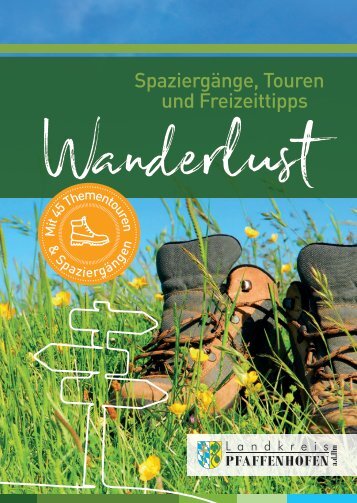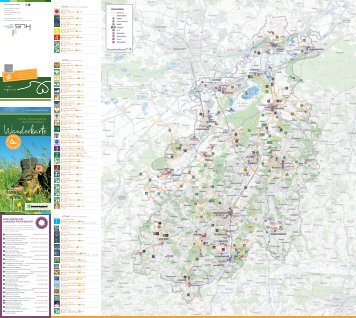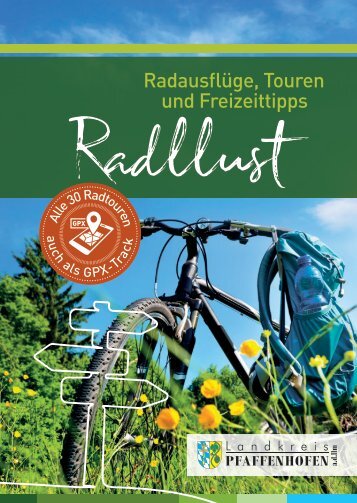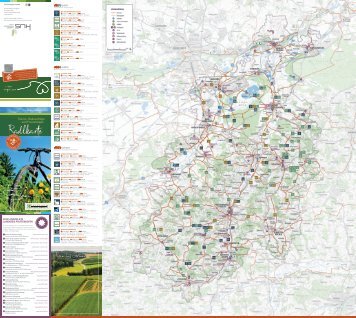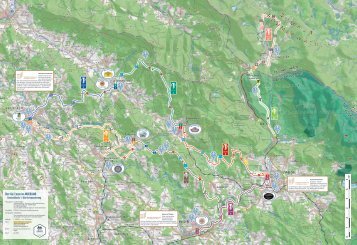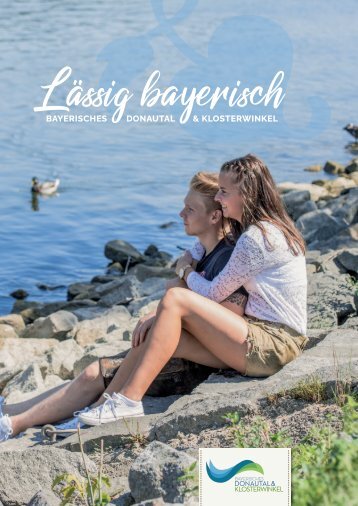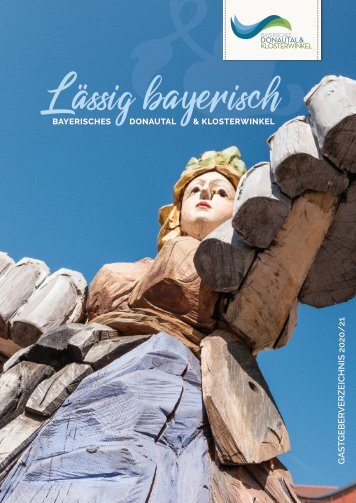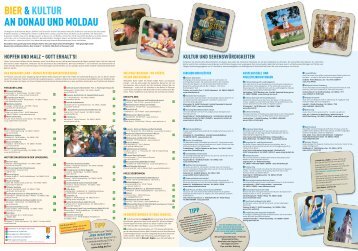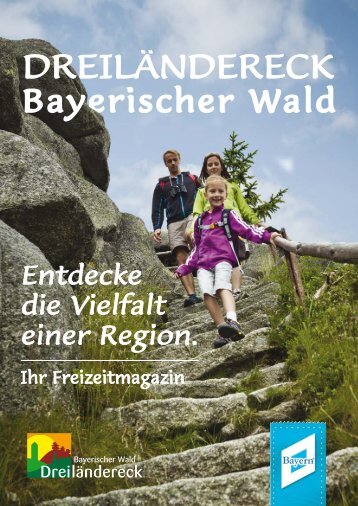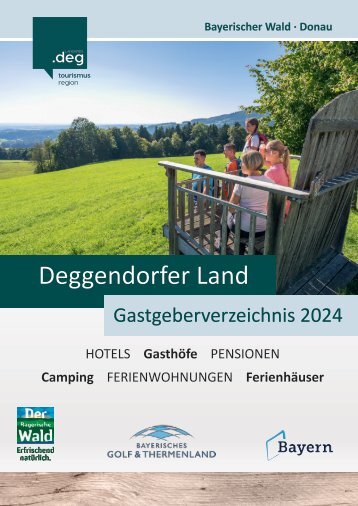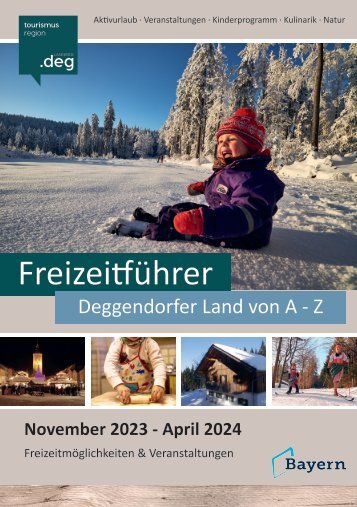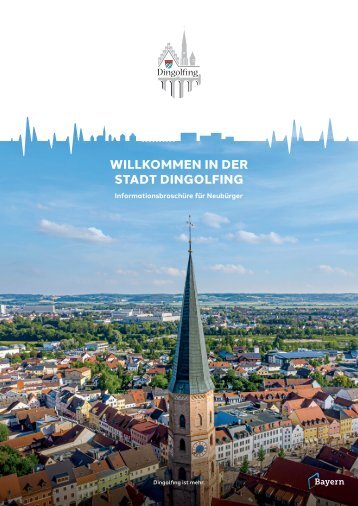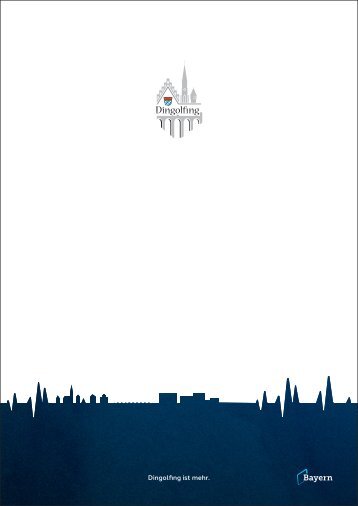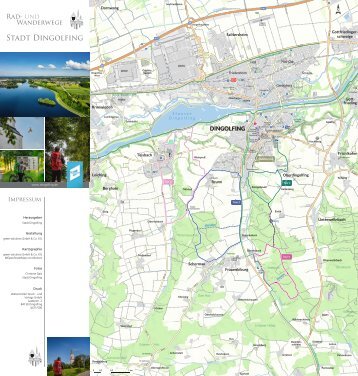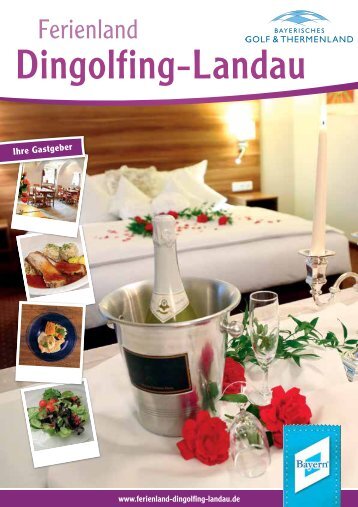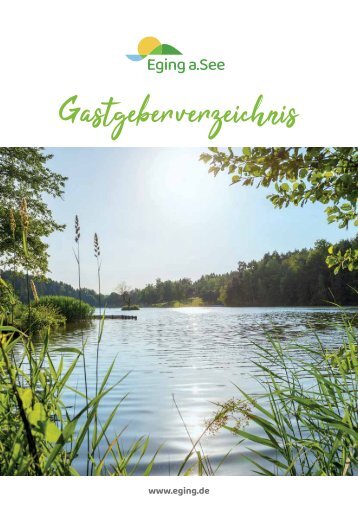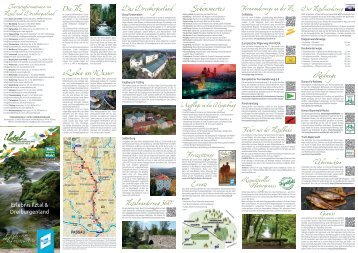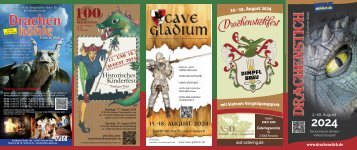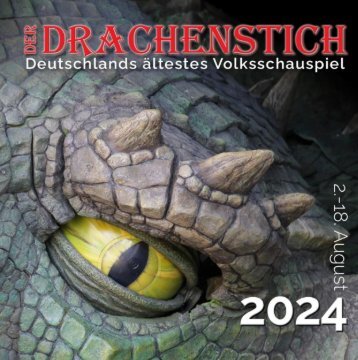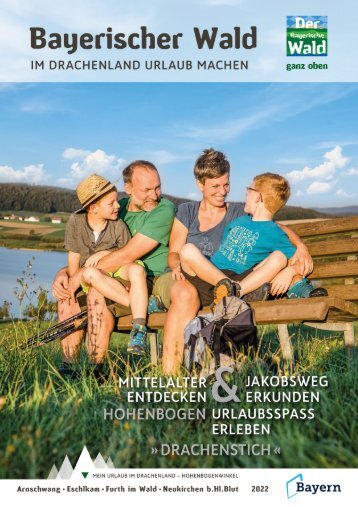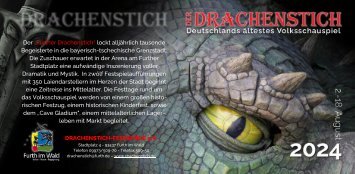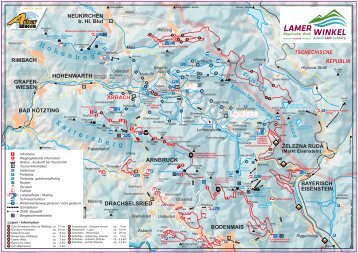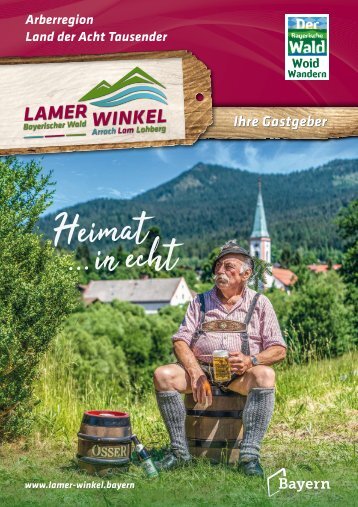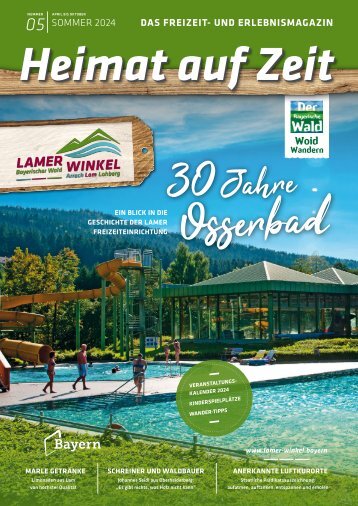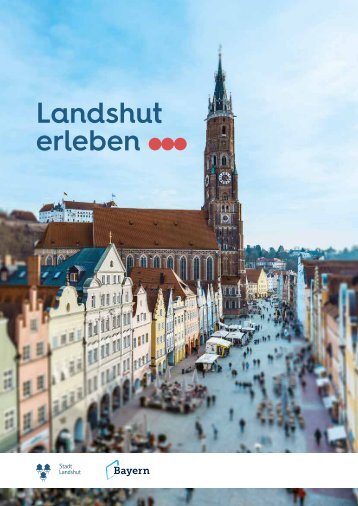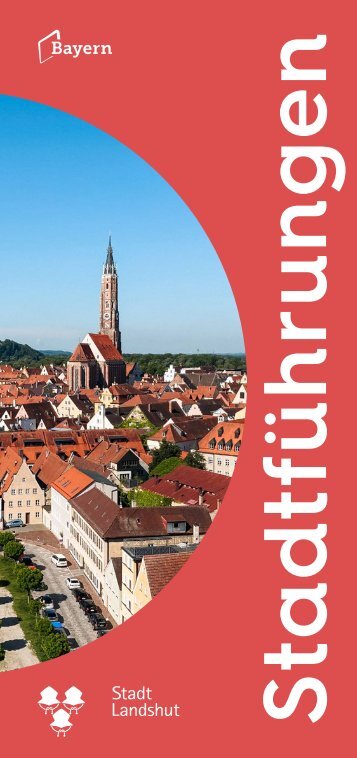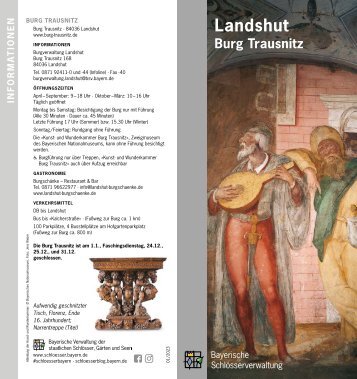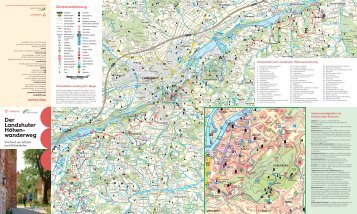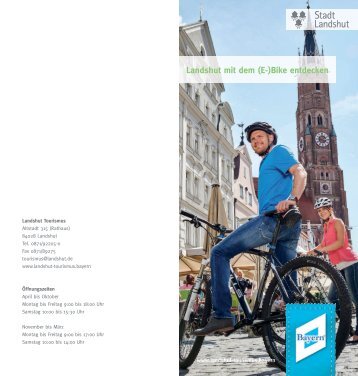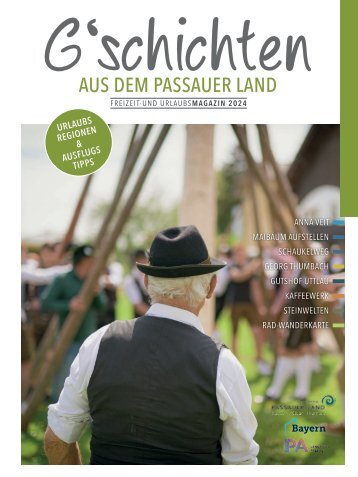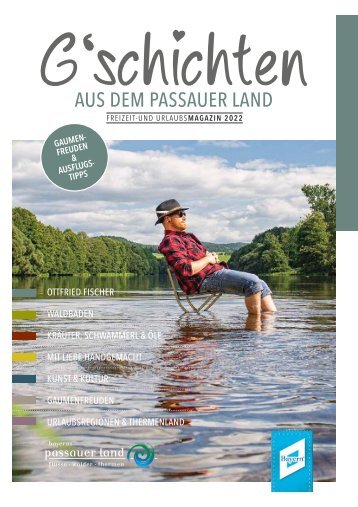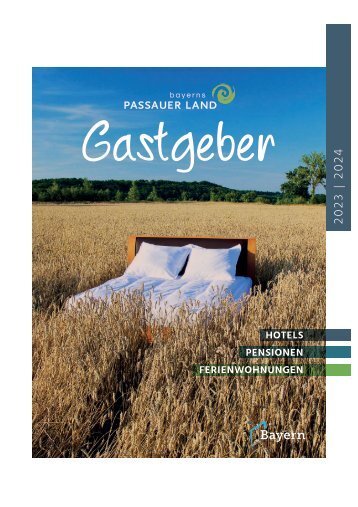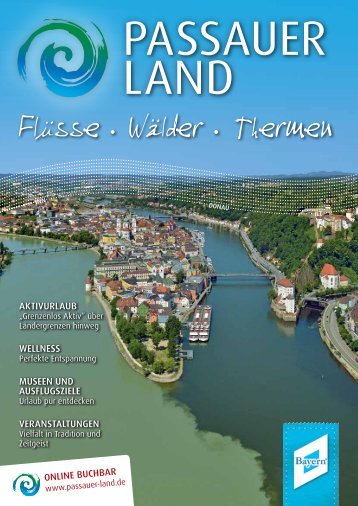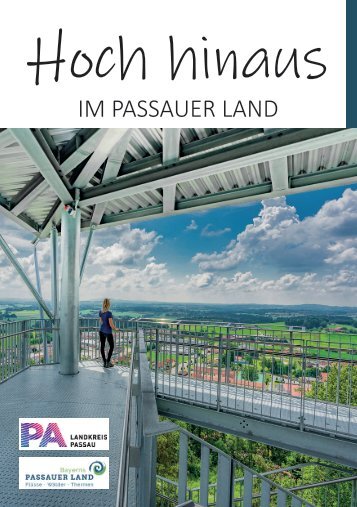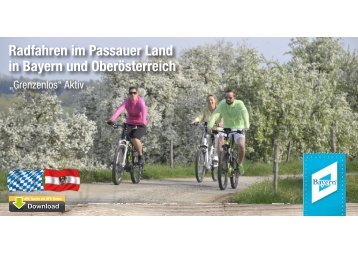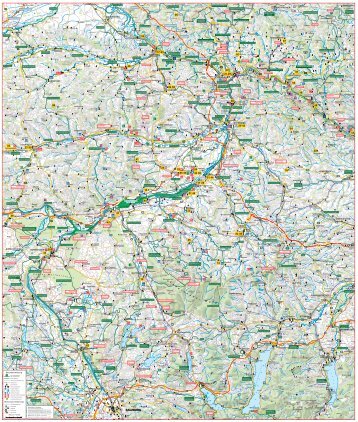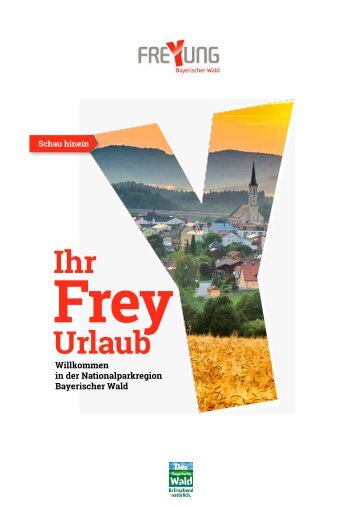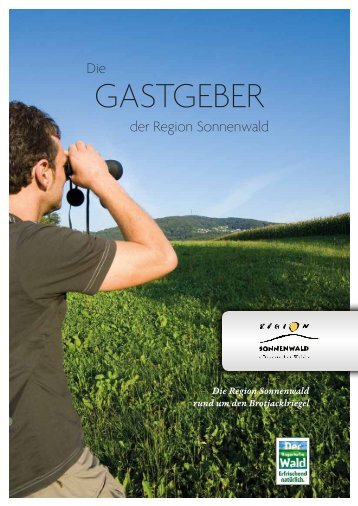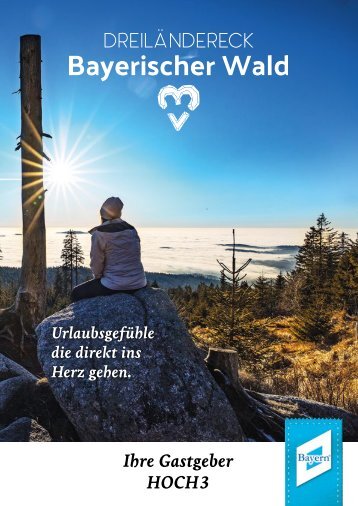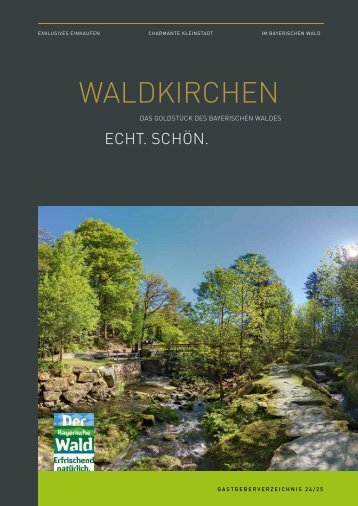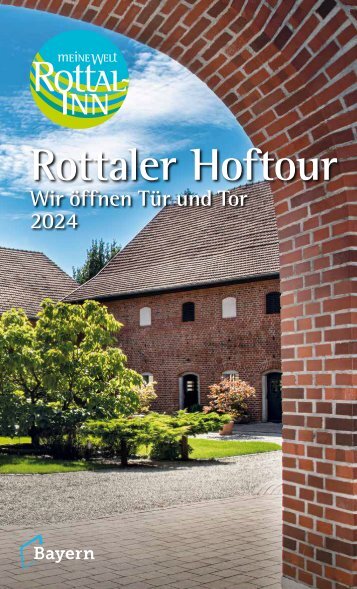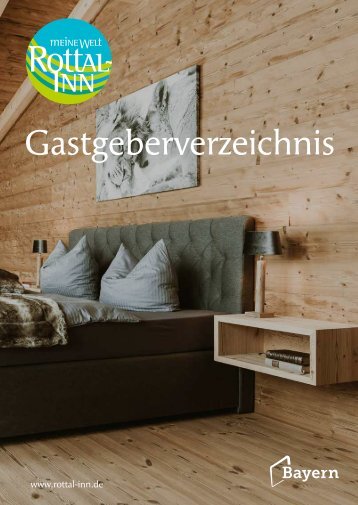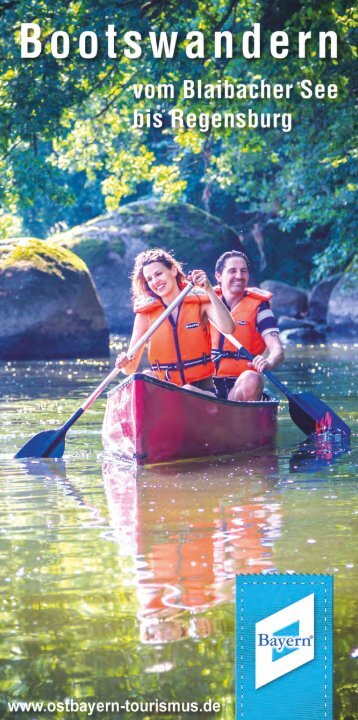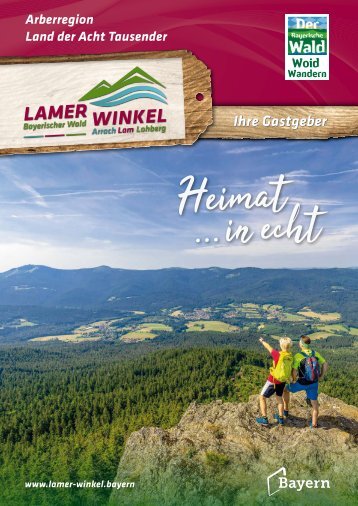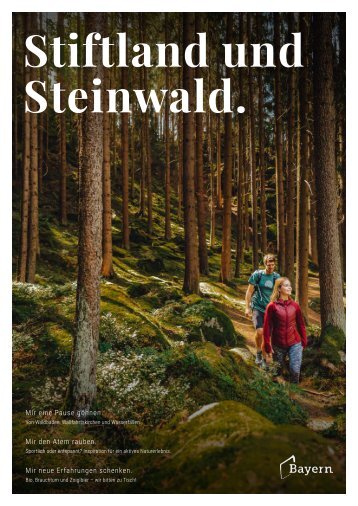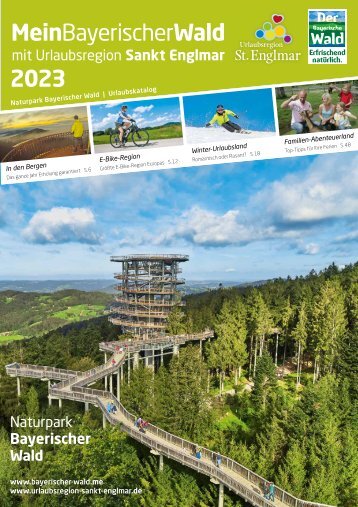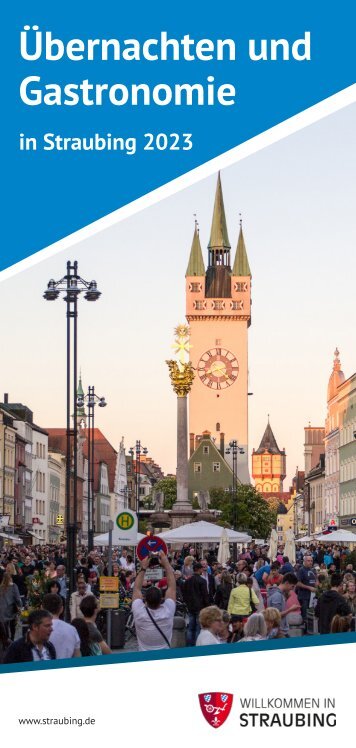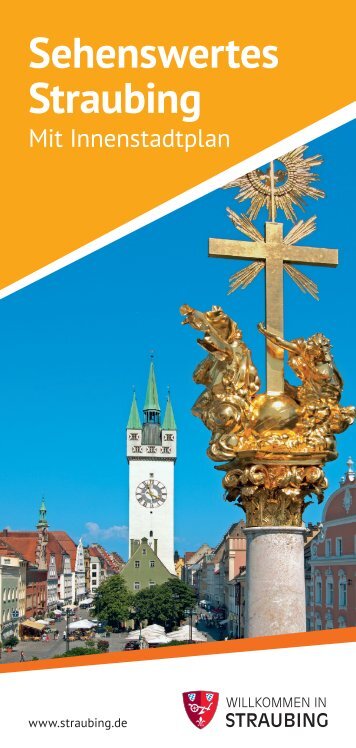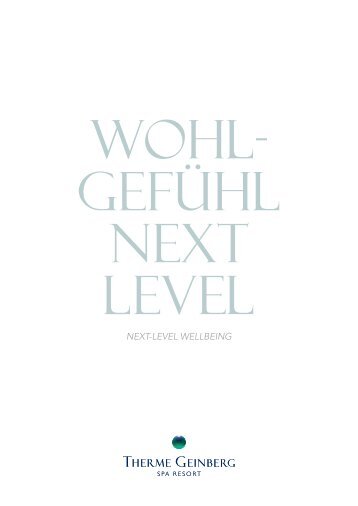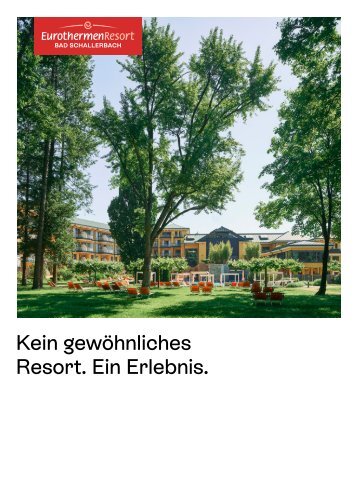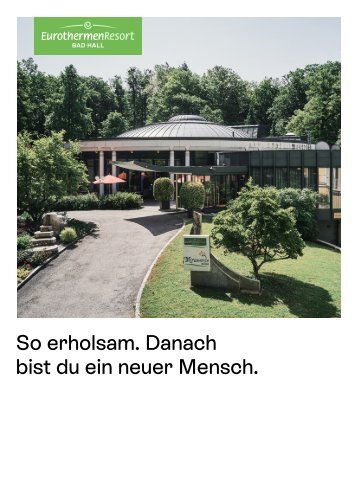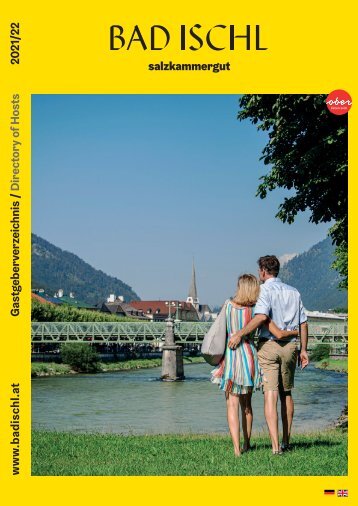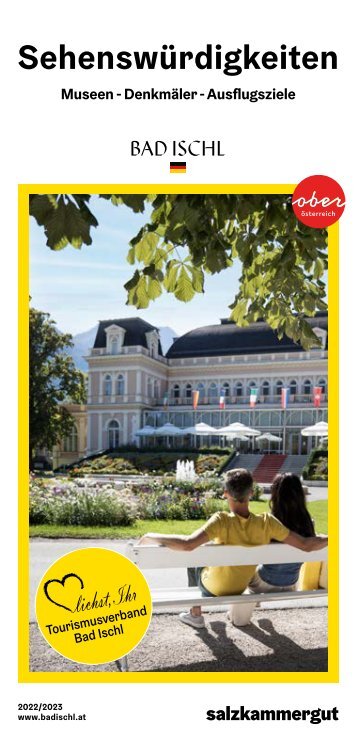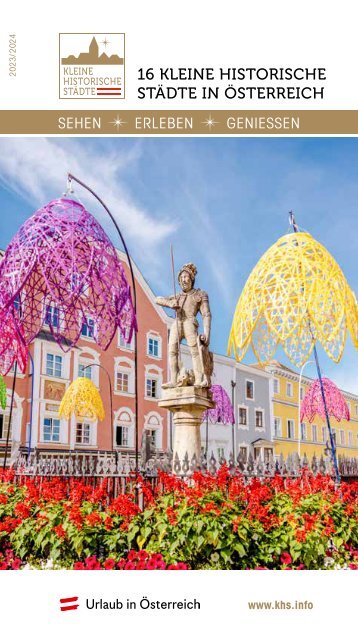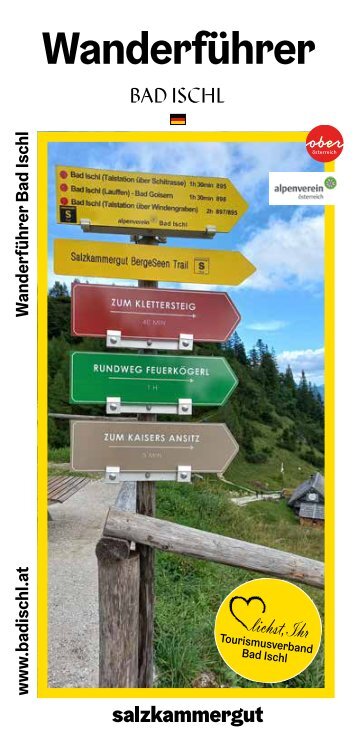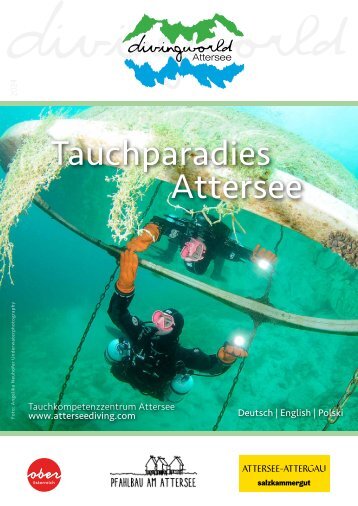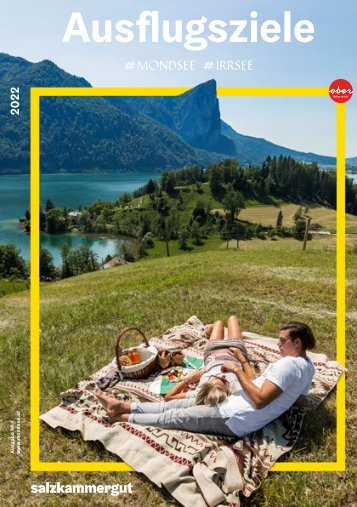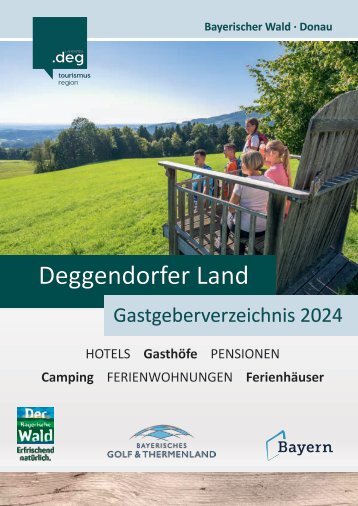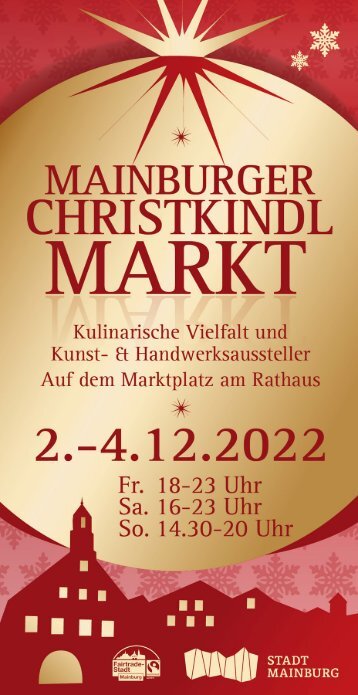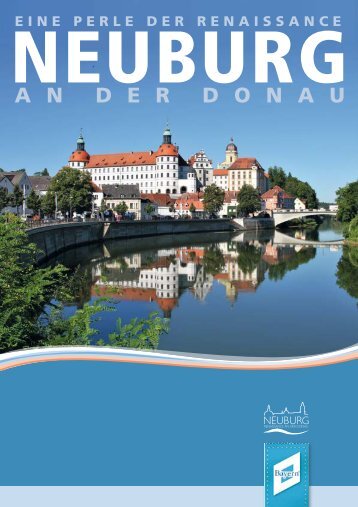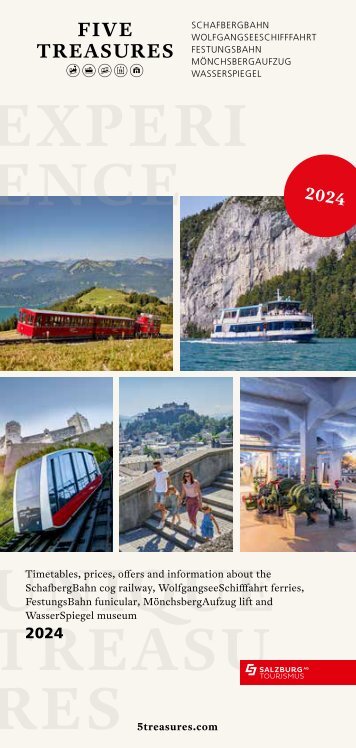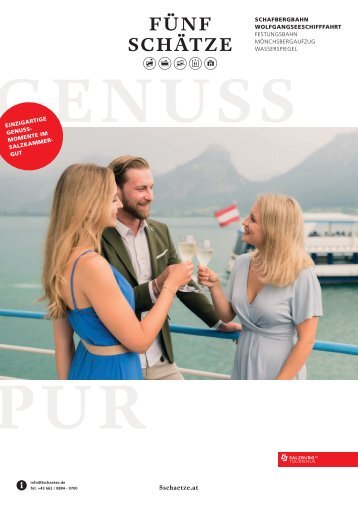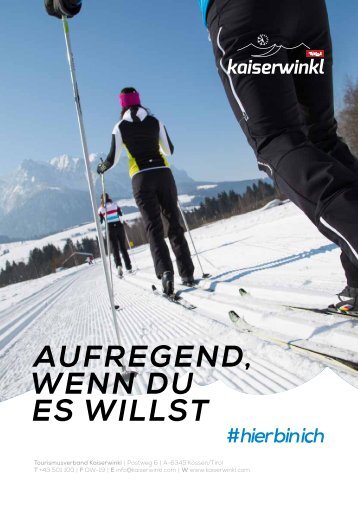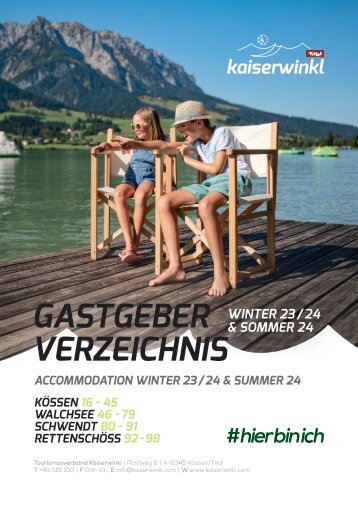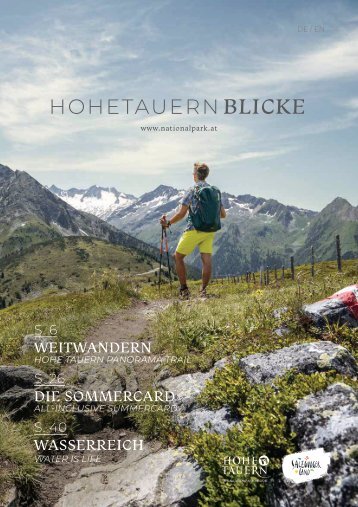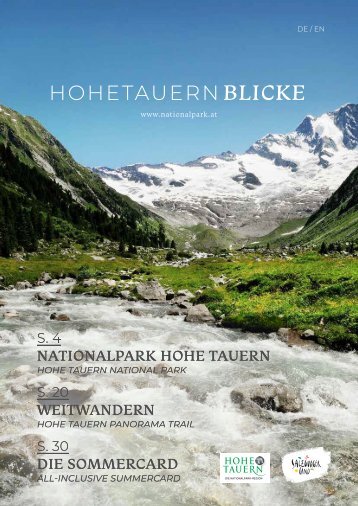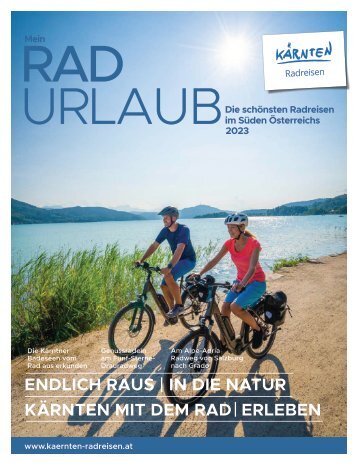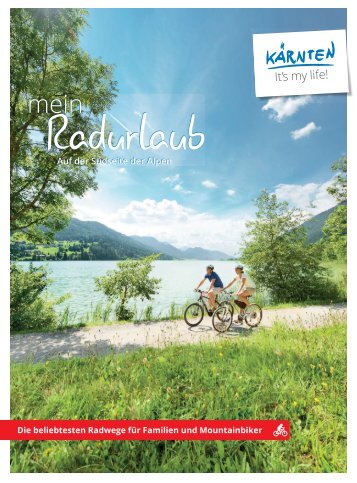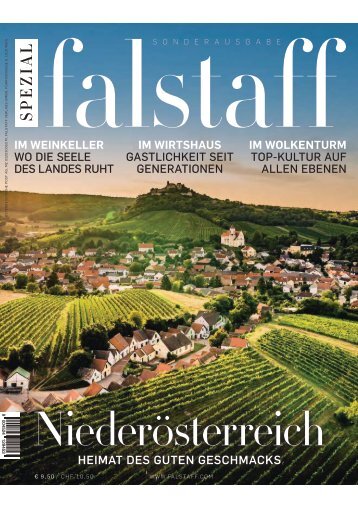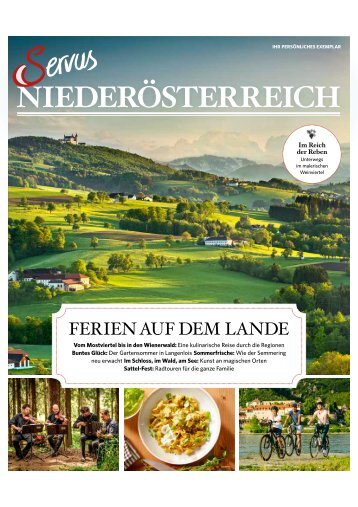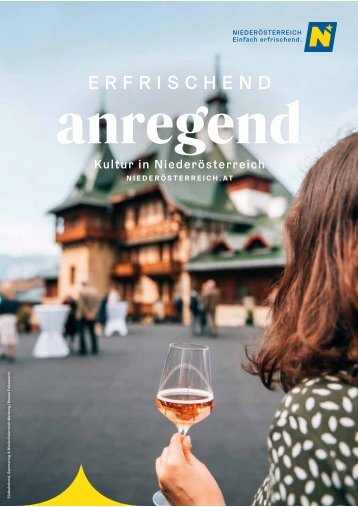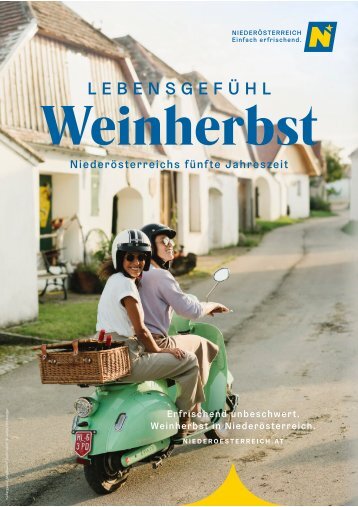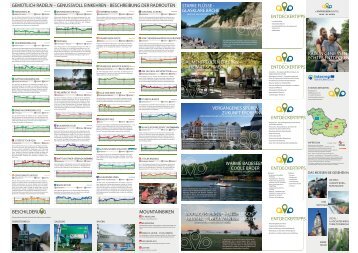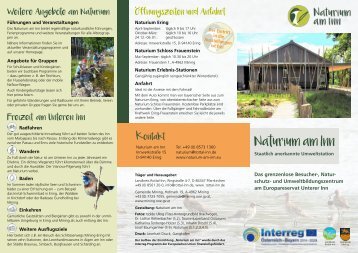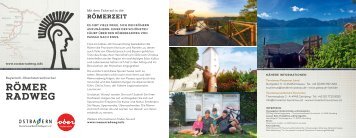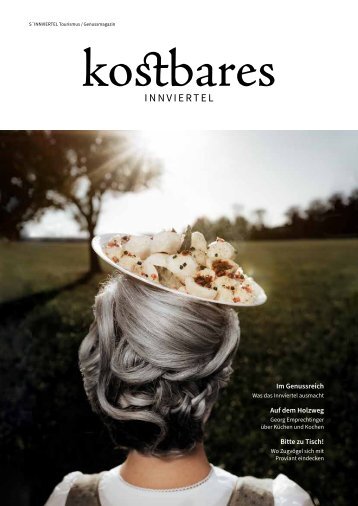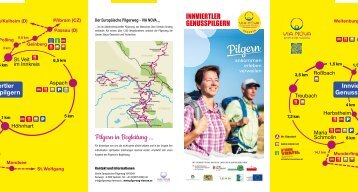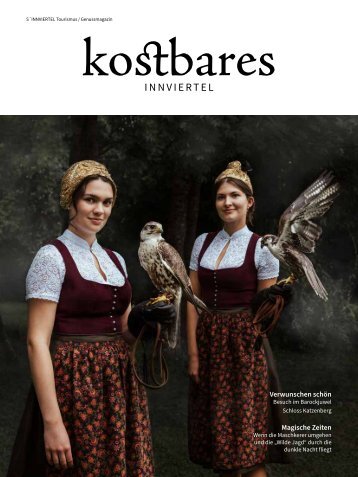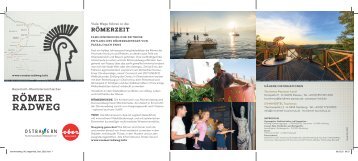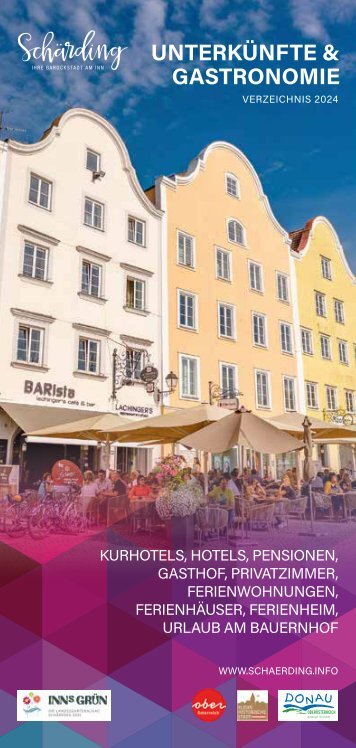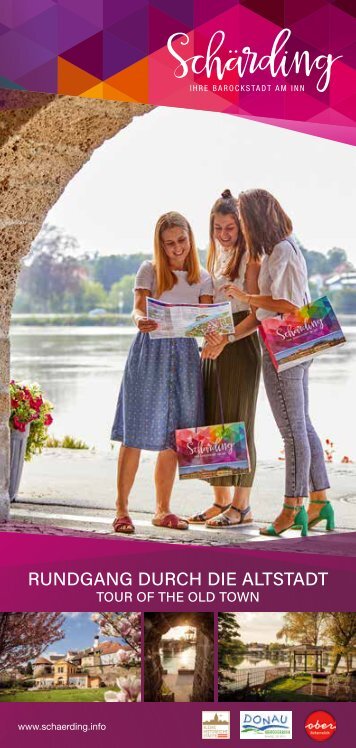Schärding Altstadtrundgag
Von Anfang an bestimmte der Inn das Schicksal und die Entwicklung
der bayerisch – österreichischen Grenzstadt. Im Jahre 804 ist der Ort
erstmals als landwirtschaftliche Siedlung „Scardinga“ in einer Passauer
Urkunde erwähnt.
Schifffahrt und Handel (zuerst nur Salz, dann auch Getreide, Wein, Erze,
Glas, Vieh, Holz und Tuchwaren) machten Schärding im Mittelalter zu
einer wohlhabenden Stadt.
Nach den Grafen von Vornbach und Andechs und den Babenbergern
wechselten Wittelsbacher und Habsburger als Herren der befestigten
Grenzstadt. Schärding wurde zum Spielball (oder auch Zankapfel) zwischen den beiden Nachbarländern, einmal vererbt, dann verpfändet,
getauscht und erkämpft. Zirka 500 Jahre lang gehörte Schärding zu
Bayern. Im 15. Jahrhundert ließ Herzog Ludwig VII. von Bayern- Ingolstadt, der „Gebartete“ die Stadt mit Gräben, Türmen und Toren befestigen. Im Mittelalter entwickelte sich die Stadt zu wirtschaftlicher Blüte:
intensive Schafzucht rundum die Stadt, Flachs- und Hanfanbau machten
das textile Gewerbe mit Leinenwebern und Lodenwirkern, Gerbern und
Färbern zum wirtschaftlichen Schwerpunkt der Stadt. Die Tuchschere
im Stadtwappen ist Zeugnis dafür. Auch die Integration der Stadt in die
florierende Landwirtschaft des Rottales brachte wirtschaftliche Vorteile.
Durch Kriege und Brände wurde der Aufschwung mehrmals gestoppt:
Im Spanischen Erbfolgekrieg 1703 zerstörten die österreichischen und
dänischen Truppen in dreitägiger Belagerung 50 Häuser der Stadt und
die gotische Pfarrkirche.
1724 wurden 30 Häuser im Stadtzentrum und auch die Burg durch einen bei der Fronleichnamsprozession entstandenen Brand vernichtet.
Die größten Verheerungen aber kamen 1809, als die napoleonischen
Truppen die Stadt in Schutt und Asche legten und plünderten.
158 Häuser (auch Kirchen, Rathaus und Bürgerspital) in der Innenstadt
wurden vernichtet. Dies bedeutete auch den wirtschaftlichen Niedergang, von dem sich Schärding trotz vieler Bemühungen kaum noch voll
erholen konnte
SCHÄRDING’S EVENTFUL
SCHÄRDING’S EVENTFUL PAST Right from its early beginnings, the River Inn has determined the fate and growth of this border town which sits between Bavaria and Austria. It was first mentioned in a Passau charter in the year 804 as an agricultural settlement known as “Scardinga”. Shipping and commerce - first trading in salt, then grain, wine, ores, glass, cattle, wood and textiles - made the Schärding of the Middle Ages into a prosperous town. Following on from the Dukes of Vornbach and Andechs and the Babenbergers, the fortified border town was ruled alternately by the Wittelsbach and Habsburg dynasties. Schärding had become a football – or rather a bone of contention - that was kicked between the two neighboring lands, originally handed-down, then pawned, bartered and fought over. For around 500 years, Schärding belonged to Bavaria. In the 15th century, Louis VII “the Bearded”, Duke of Bavaria- Ingolstadt, fortified the town with moats, towers and gates. It was during the Middle Ages that the town grew and enjoyed its economic heyday. Sheep were farmed intensively all around the town and flax and hemp were cultivated, all of which led to the textile trade – with its linen weavers and loden wool workers, tanners and dyers – becoming the economic engine of the town. The cloth shears in the town’s coat-of-arms bear witness to this. The integration of the town into the flourishing agricultural economy of the Rott Valley also brought economic benefits. However, the upswing was interrupted several times by wars and fires. In the Spanish War of Succession in 1703, Austrian and Danish troops destroyed 50 houses in the town, as well as the gothic parish church, during an occupation which lasted three days. In 1724, 30 houses in the center of the town and the castle were destroyed by a fire which took hold during a procession to celebrate the Feast of Corpus Christi. However, the greatest devastation took place in 1809, as Napoleonic troops plundered the town and laid it to waste. 158 houses, as well as churches, the town hall and the Bürgerspital hospital, were destroyed in the town center. This also meant that Schärding fell into economic decline, from which the town – despite the huge efforts made - never quite recovered. In 1945, in the last days of the Second World War, the town came under attack from American forces, firing from the Bavarian bank of the Inn and totally destroying several houses and damaging more than 100. In the meantime, there have been strenuous efforts to preserve the historic character of the town. In 1966, 50 houses in the ancient Altstadt were declared to be historic monuments, in order to maintain the old architectural fabric at the heart of the town. In the meantime, these efforts have since been rewarded with the admiration and appreciation by the town’s many visitors. Herzlich Willkommen im Landhotel St. Florian St. Florian 18, 4782 St. Florian am Inn Öffnungszeiten: Fr-Mi 09:00-24:00 Donnerstag Ruhetag Warme Küche: 11:00 -21:00 Uhr Tel.: +43 (0) 7712 I 29492 www.landhotel-stflorian.at 4 5
- Seite 1 und 2: RUNDGANG DURCH DIE ALTSTADT TOUR OF
- Seite 6: DAS SCHÄRDINGER STADTWAPPEN Mit di
- Seite 10: STADTRUNDGANG TOUR OF THE OLD TOWN
- Seite 14: 5 6 5 | Stadtpfarrkirche / Catholic
- Seite 18: 12 12 | Burgmodell im Granitmuseum
- Seite 22: 16 17 16 | Fresko / Fresco “Heuch
- Seite 26: 20 21 22 20 | Schlosspark / Castle
- Seite 30: 26 27 28 26 | Evangelische Kirche /
- Seite 34: SCHÄRDING TOURISMUS HOTELTIPP RAD-
Unangemessen
Laden...
Magazin per E-Mail verschicken
Laden...
Einbetten
Laden...
AustroBayer - E-Paper
Destinationen
Niederbayern
- Niederbayerische Thermengemeinschaft
- Arberland
- Bad Füssing
- Bad Griesbach
- Bayer. Donautal & Klosterwinkel
- Dreiländereck Bayerischer Wald
- Deggendorfer Land
- Dingolfing
- Eging am See
- Furth im Wald
- Lamer Winkel
- Landshut
- Passauer Land
- Nationalpark-Ferienland Bayerischer Wald
- Rottal Inn
- Oberer Bayerischer Wald
- Ferienregion Stiftland
- St. Englmar
- Straubing
- Thermenwelt Füssing




